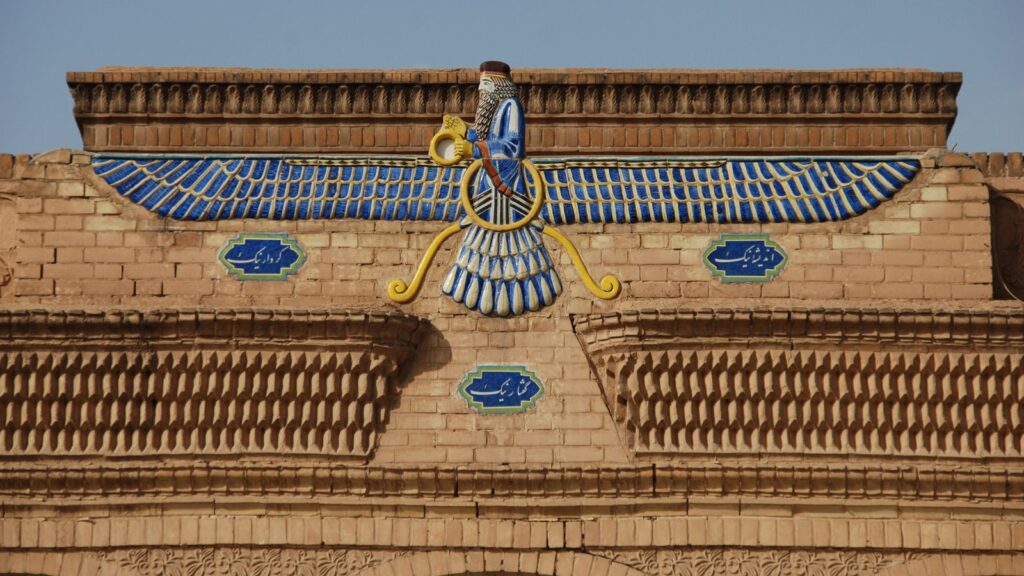With around 4,200 religions across the globe, each falling into categories like Abrahamic, Eastern, Iranian, Indigenous, and new religious movements, the complexity of these belief systems can often lead to misunderstandings—even among their own followers. This article delves into some commonly misunderstood aspects of different religions.
Sikhism: Turbans

The turban has long been associated with Sikhism, and many male and female Sikhs wear it. Vivek Chaudhary notes in an article for The Guardian that more liberal Sikh elements believe wearing a turban “is a matter of personal choice” and that “like any religion, Sikhism is divided between orthodox and unorthodox currents.”
The Tao in Taoism
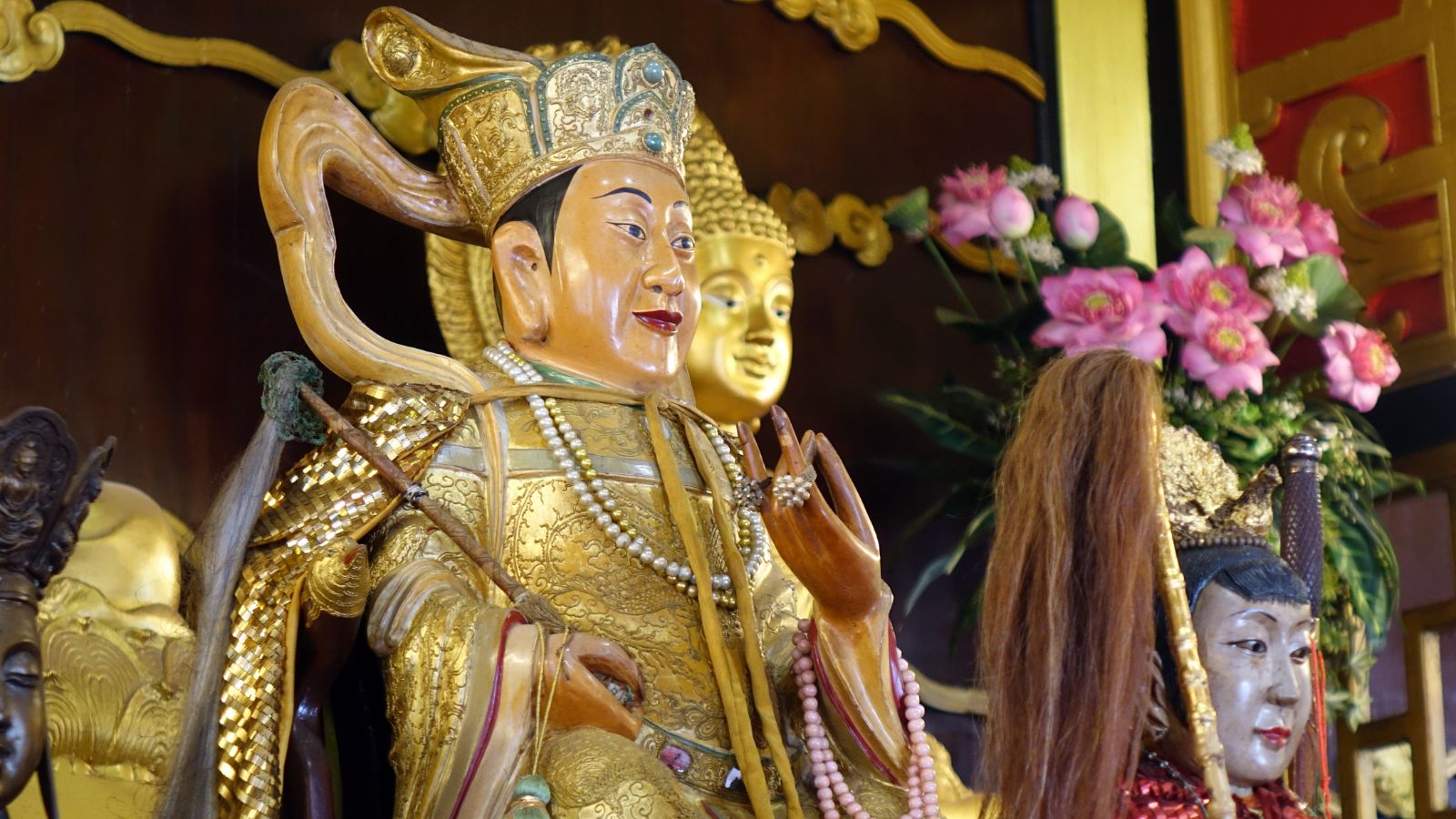
Taoism is an ancient religio-philosophical tradition in China that focuses on the Tao. The Tao is considered difficult to define and is widely misunderstood, but it isn’t a worshipped god or deity and is believed to unify and connect everything.
Confucianism: Filial Piety
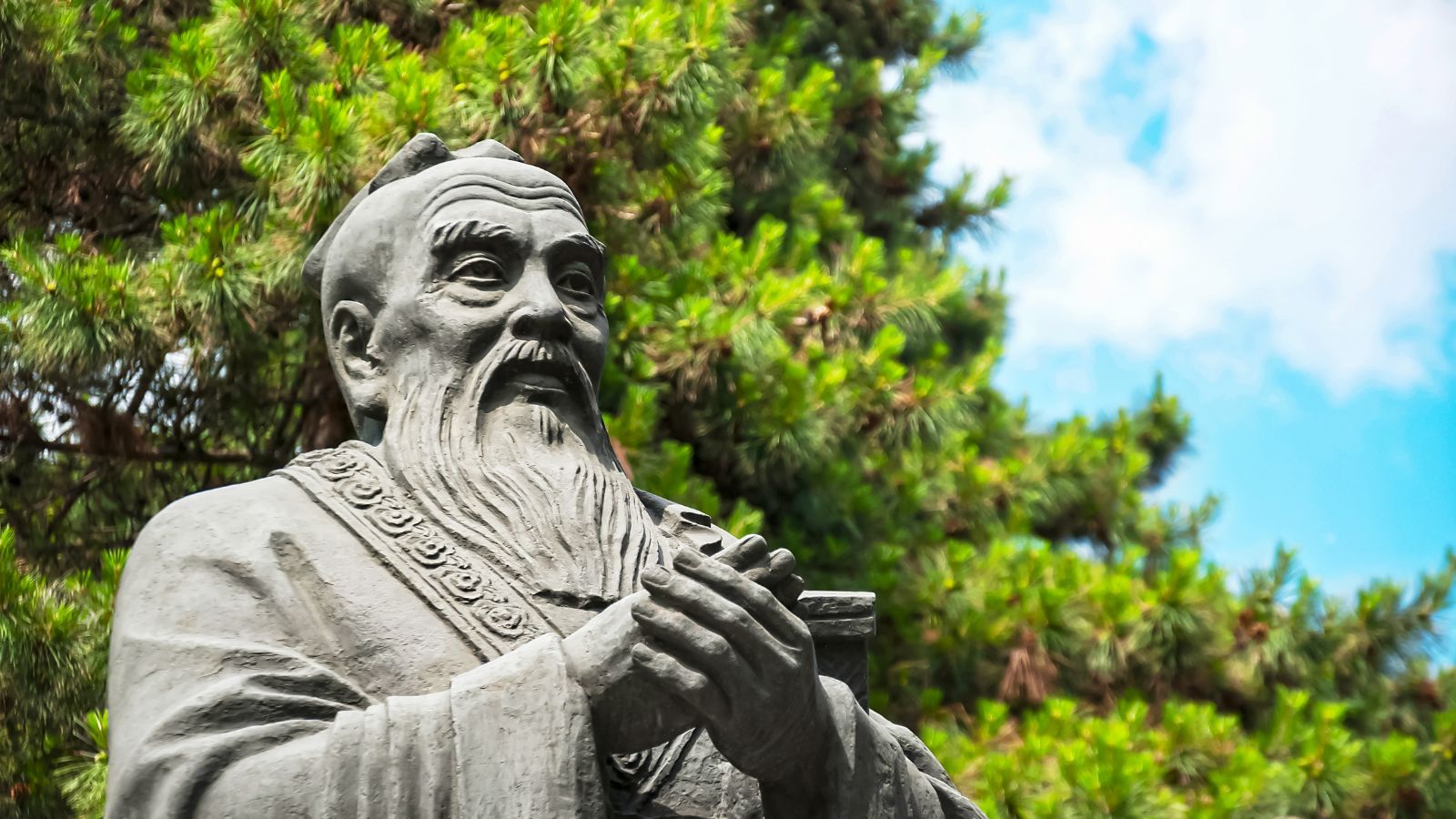
In Confucianism, filial piety is a central concept, the virtue of respecting and loving elders and parents. Confucianism also teaches about righteousness and moral decorum and has influenced modern business and social practices in China.
Hinduism: Caste System

Hinduism has featured a caste system that divides Hindus into rigid hierarchical groups for 3,000 years, leading to discrimination and social isolation. BBC News explains that for centuries, caste “dictated almost every aspect of Hindu religious and social life, with each group occupying a specific place in this complex hierarchy,” but the spread of “secular education and growing urbanization” has decreased its influence.
Bahá’í Faith and Unity of Religion

Believers in the Bahá’í Faith are taught that all religions have a central worth and that all people are united. Baháʼí teachings contend that a single God reveals religion in an orderly and progressive way through manifestations of God, including Buddha, Jesus, and Muhammad.
Jainism: Non-Violence

Ahimsa, the ancient Indian code of nonviolence, is more rigorously practiced in Jainism than in other religions. Jains practice ahimsa to avoid bad karma and believe that animals, plants, and even water have souls like humans, so they should do them no harm.
Muslim Prayer

Many Americans are unaware of the details of prayer in Islam. Islamic Relief explains, “Salah (salat) is the Arabic term for the ritual prayer that is obligatory for Muslims to perform five times a day.” Muslims pray towards the Kaaba in Mecca and must perform Wuḍū, a ritual washing, before prayer.
Judaism: The Shabbat

Activities that are prohibited on Shabbat, Saturday, are often misunderstood by non-Jewish people. Jewish people observe Shabbat in various ways, but they generally avoid work activities and often nap in the afternoon.
Shinto: Kami Worship
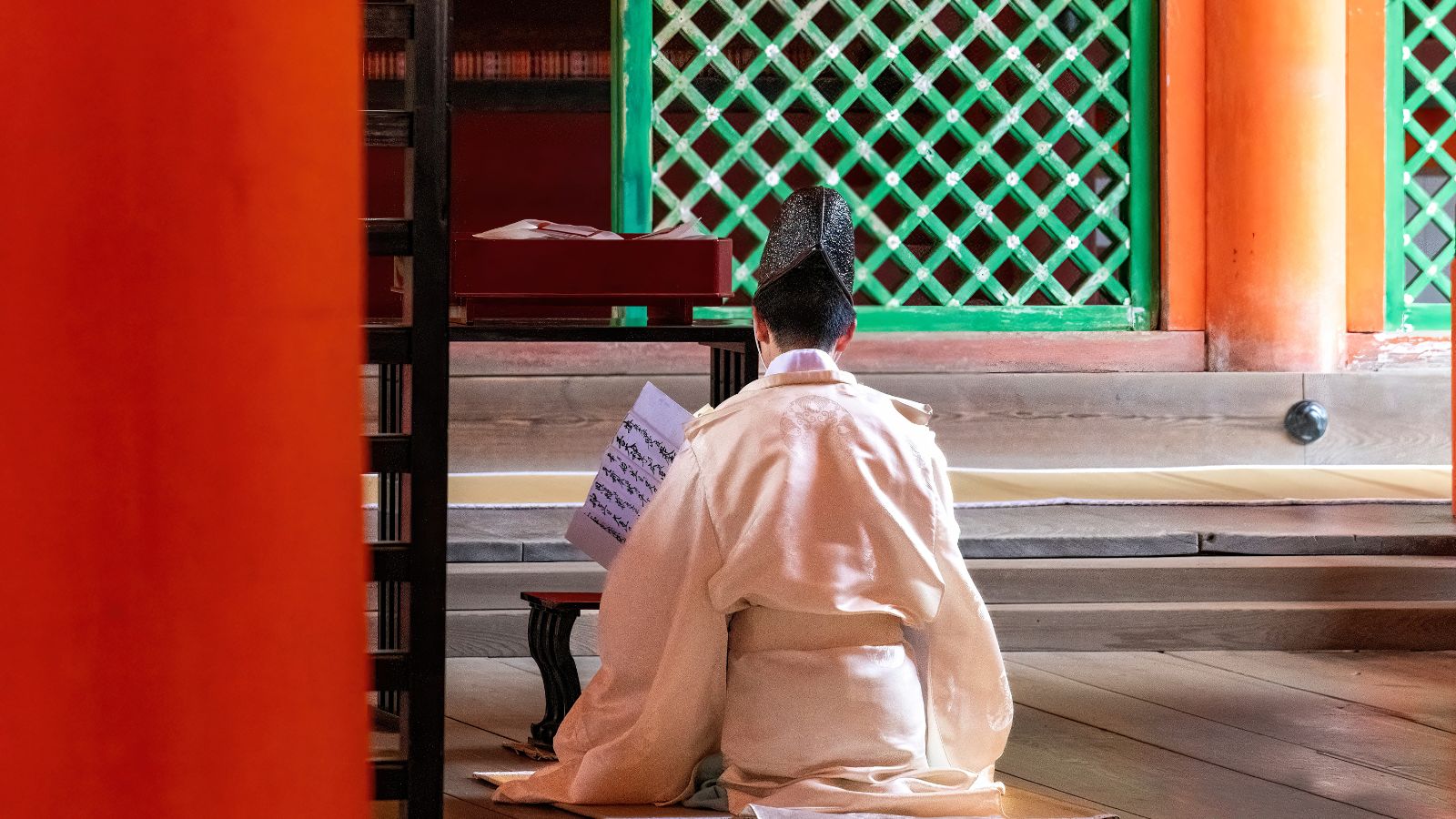
In Shinto, Japan’s indigenous religion, kami, supernatural entities, are believed to inhabit all things, including landscapes. The kami are worshipped at kamidana family and household shrines and jinja public shrines.
Zoroastrianism and Fire Worship
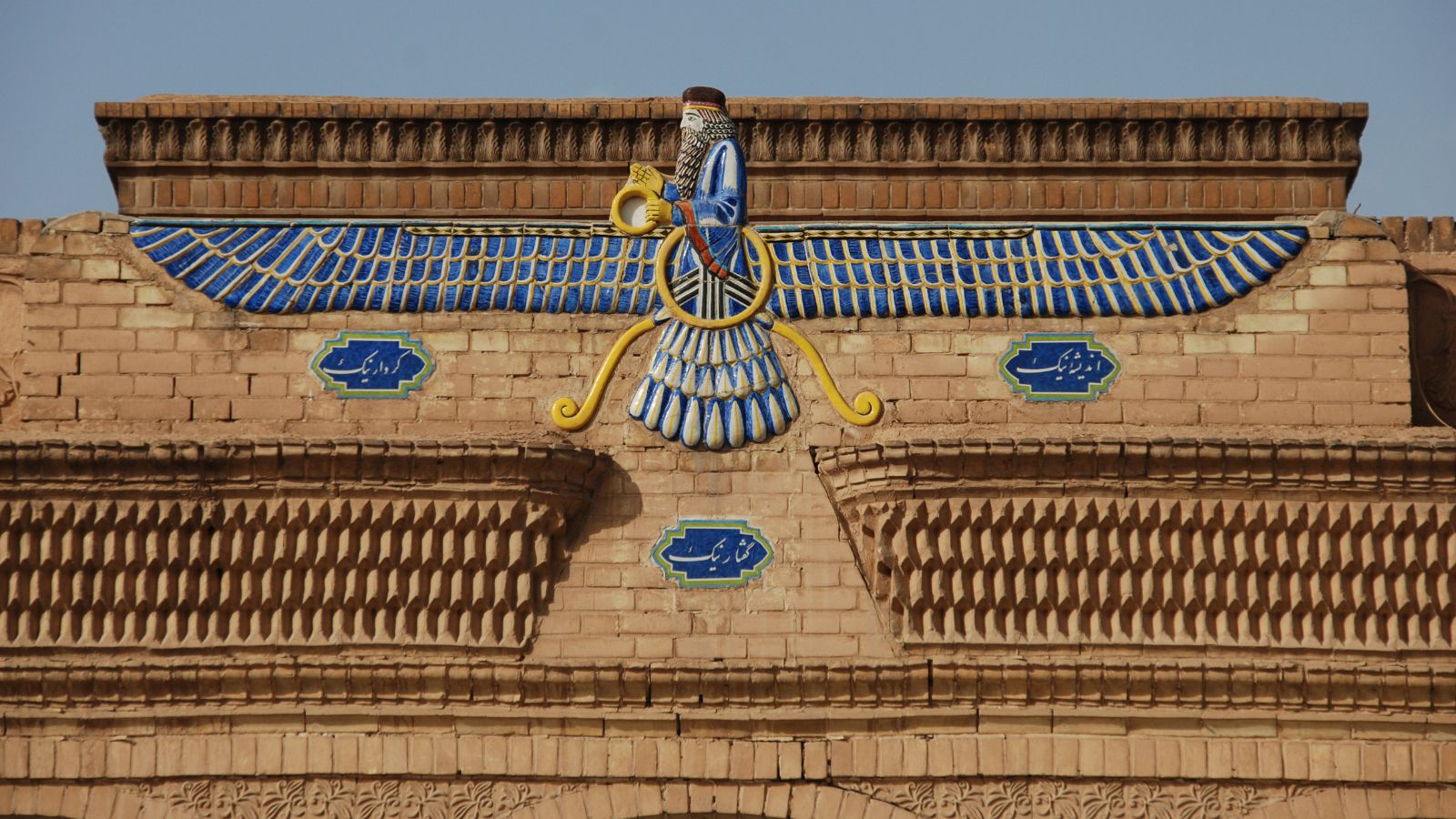
In Zoroastrianism, fire is used as a symbol of purity and is not worshipped directly. People often assume that Zoroastrians worship the elements, including fire, but it serves as a symbol of truth and righteousness because it burns ever upward.
Buddhist Gods

Americans unfamiliar with Buddhism often misinterpret its deities as gods. National Geographic explains that in Buddhism, “there are supernatural figures who can help or hinder people on the path towards enlightenment.” Buddha is the title for enlightened people who have attained the religion’s supreme goal, nirvana.
Paganism: Not Just One Belief System

Paganism is often misunderstood as a single belief system, but it is actually a diverse community of different earth-based faiths. Different groups, including Druids, Heathens, Odinists, and Wiccans, make up the Pagan community.
Wicca Influences

Wicca is a modern pagan religion introduced in 1954 by Gerald B. Gardner in his book Witchcraft Today.” Wiccans usually identify as witches, and the religion draws inspiration from Europe’s pre-Christian religions and 20th-century hermetic motifs.
The Trinity in Christianity
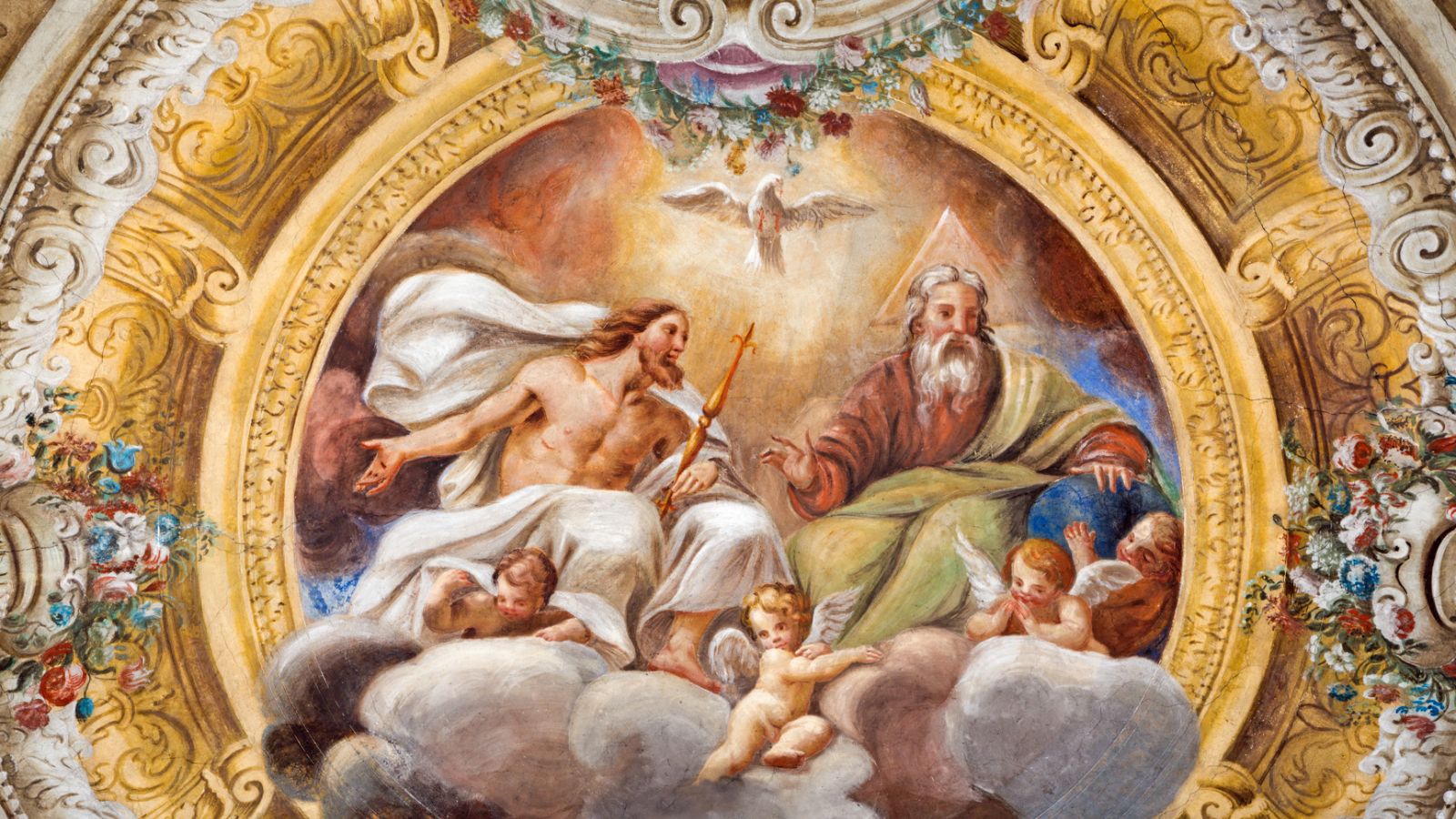
In most major Christian denominations, the Trinity is a central doctrine. Britannica explains that the Trinity “is the unity of Father, Son, and Holy Spirit as three persons in one Godhead.” It’s a complex theological concept that even some Christians misunderstand.
Rastafarianism and Marijuana
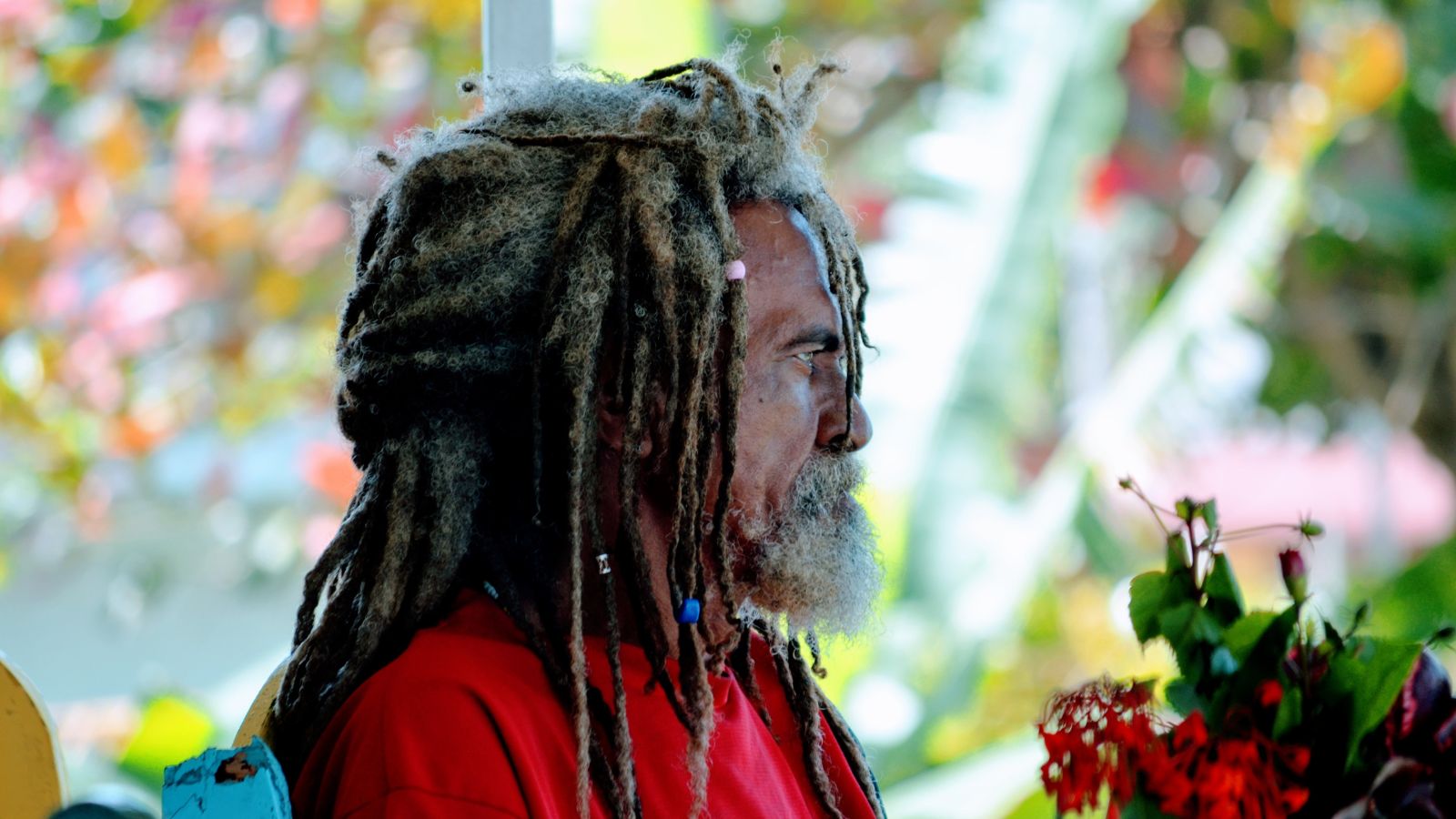
In Rastafarianism, smoking ganja, or cannabis, is a principal ritual. Rastas contend that using cannabis is promoted in the Bible, believing it has healing properties and allows them to discover their inner divinity. Not all Rastas smoke it; some argue they don’t need to because they’ve achieved a higher level of consciousness.
Scientology and Thetans

Scientology is very controversial, and many people argue it’s more of a business and cult than a traditional religion. Its beliefs are often misunderstood, but Scientologists generally believe that humans are thetans, immortal aliens that have forgotten their real nature and are trapped on Earth.
Animism: Spirit in Everything

Animism is often wrongly described as simplistic because many tribal religions are animistic. It perceives all objects, creatures, and places as animated with free will, agency, and a distinct spiritual essence.

